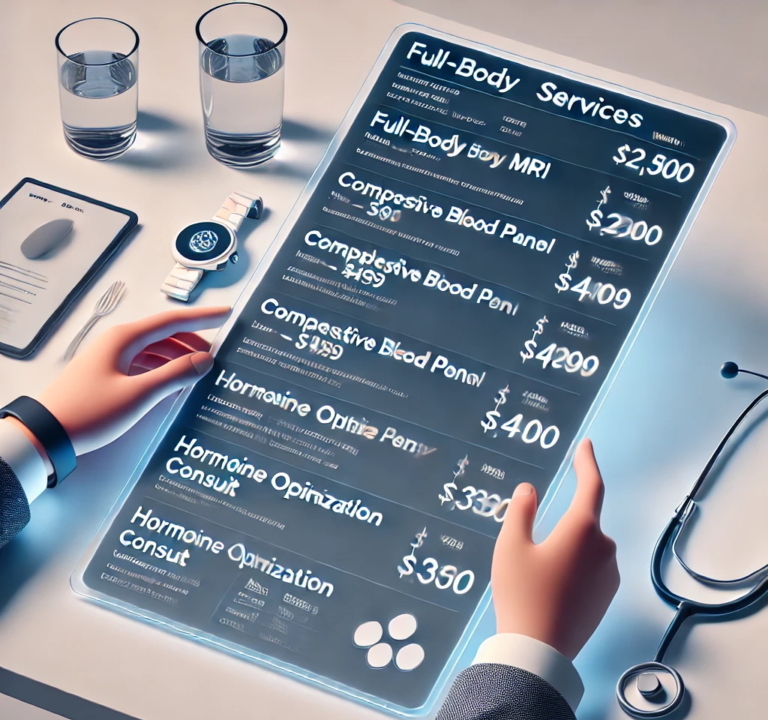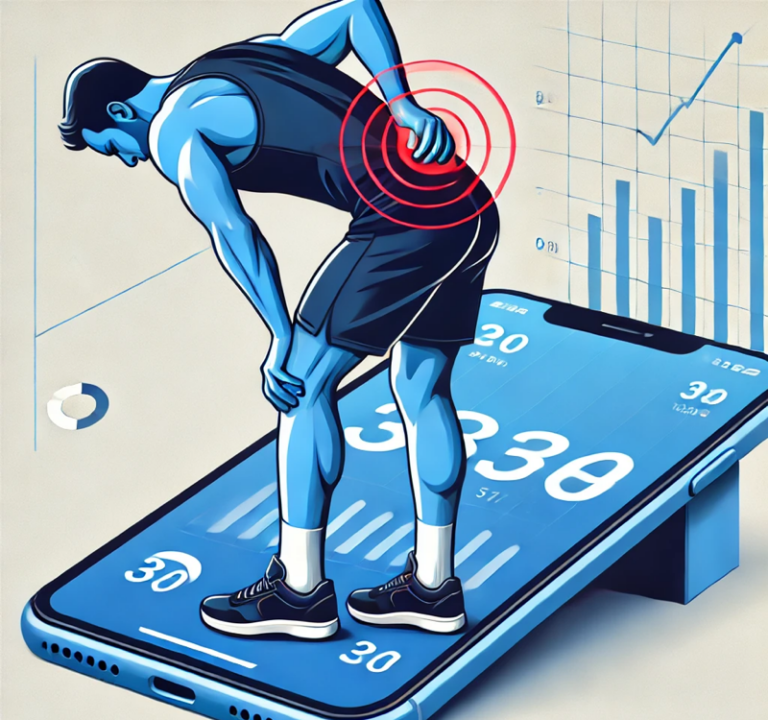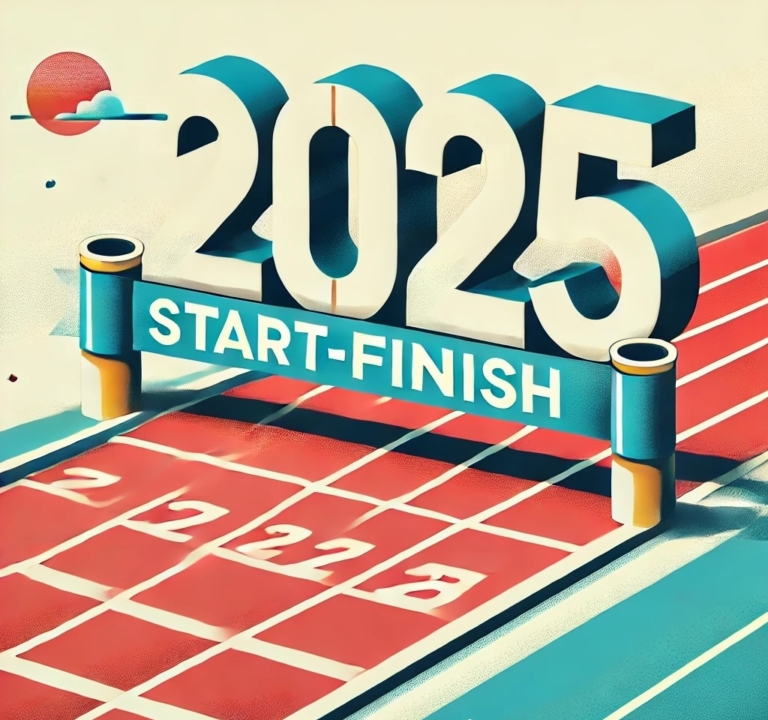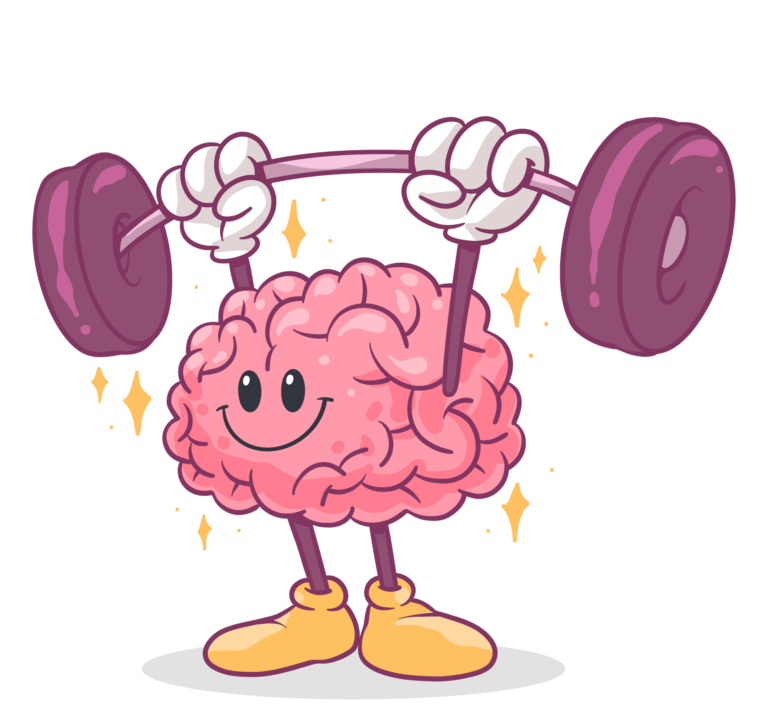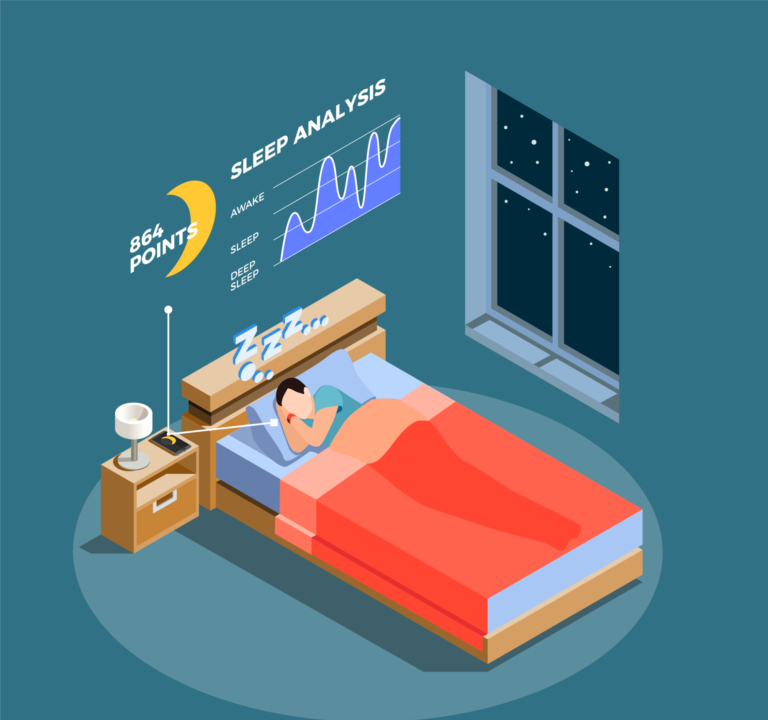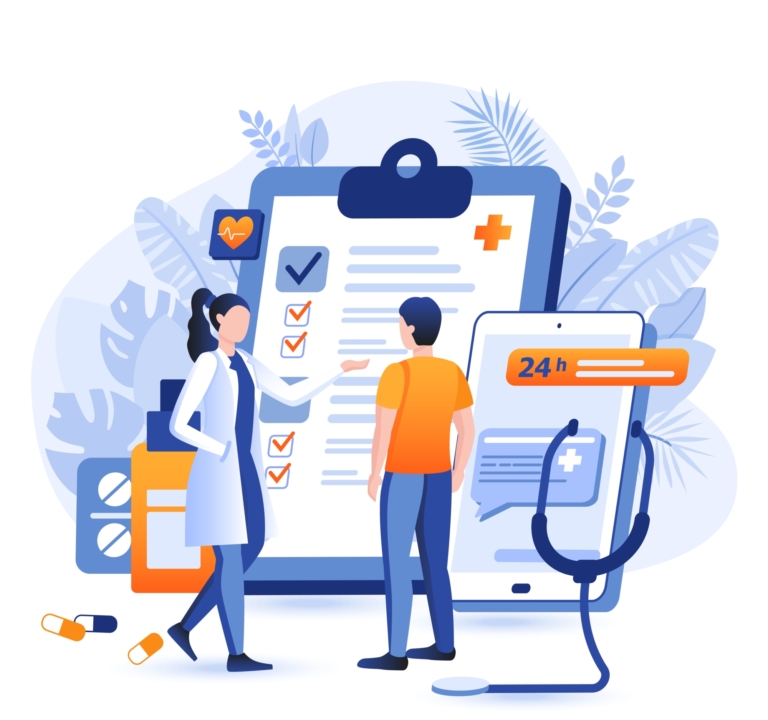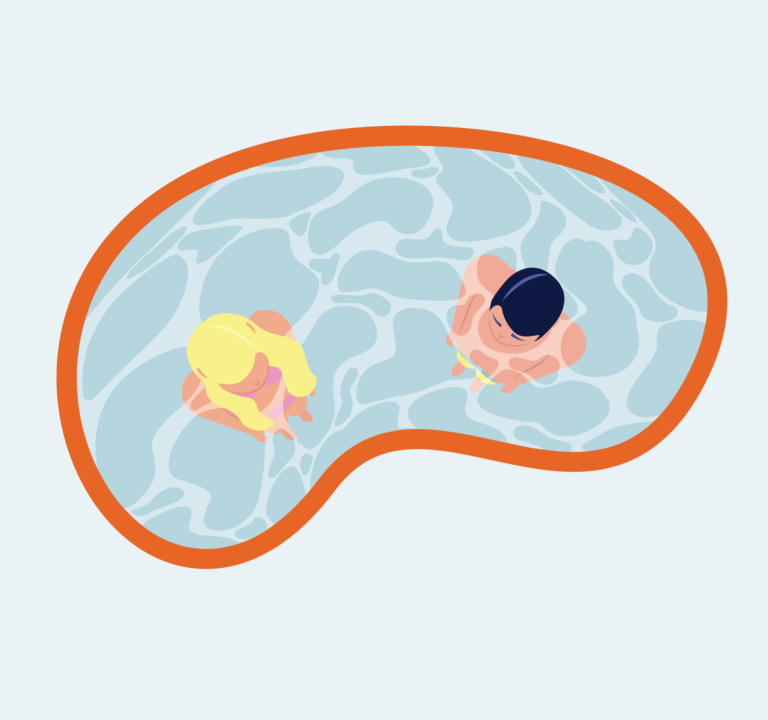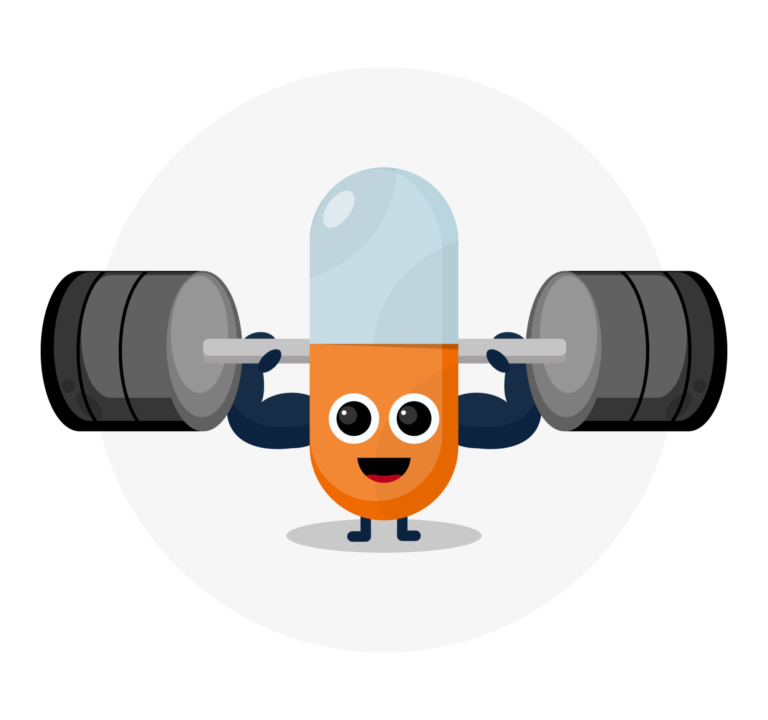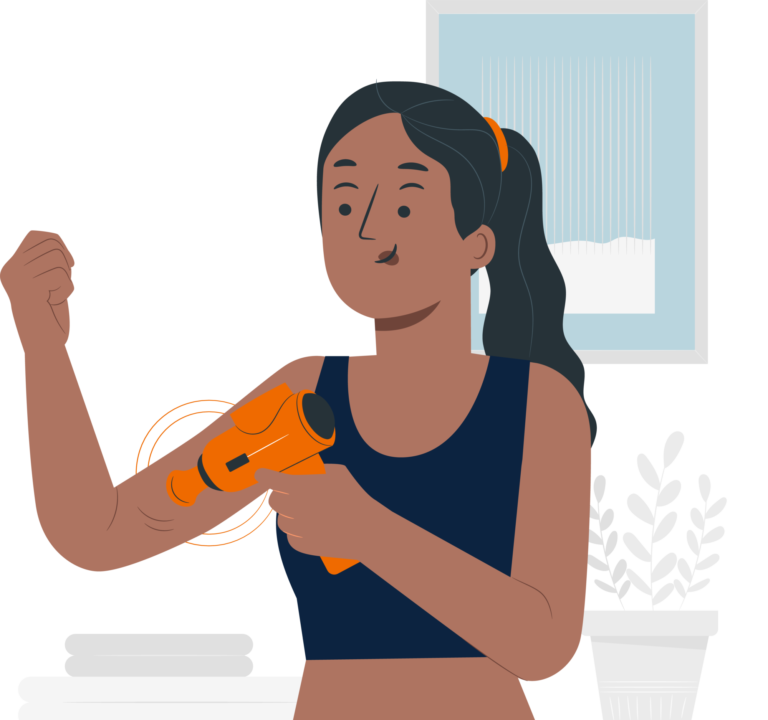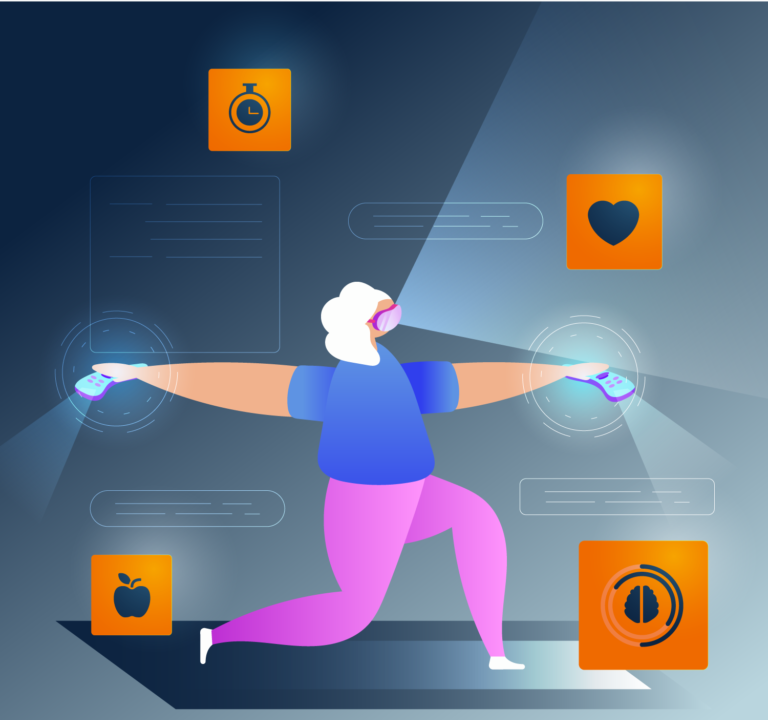POV 9 - FemTech startups are taking on the worlds of sports and wellness

Indeed, female athletes made considerable progress recently, changing the rules of the game in terms of pay & price money equity, wardrobe conservatism and access to major events, just to name a few.
At the same time, and perhaps motivated by these athletic models, an ever-growing number of female entrepreneurs, leaders and fund managers are breaking through the glass ceiling and are bringing an entirely new market segment with them.
FemTech
The FemTech market - a term coined in 2016 to designate technologies developed to improve women’s conditions - as reached critical mass and is now moving beyond the fertility tracking apps that defined the category in its early stage.
Nowadays, FemTech includes all technologies that address one of the following 4 sectors :
1- Fitness & Wellness
2- Healthcare
3- Fertility & Reproductive health
4- Pregnancy & Family care
The segment's initial growth was not immune to recent fundraising difficulties and the fact that the segment shows a disproportionate amount of female-founders, that usually rely more heavily on female investors, has only made things more challenging.
Having showed resiliency, FemTech is now being rewarded and getting noticed by major, and often male-led generalist VCs that should push the market through the $100B global market value by the end of 2030.
To date, the 1,200+ PitchBook listed FemTech companies together received a total of $21.79B usd in venture capital to date. Of the group, 105 companies exited with an average value of $301M and one company reached unicorn status. In doing so, FemTech gained shares of the Digital Health market, now accounting for 13.26% of the space, up from 8.75% in 2021.
The following elements concomitantly account for the FemTech rising tide.
The Drivers
Women, the ideal user base - Not only do women make up for 50% of the population, they are more inclined to use technology designed specifically for their too-often neglected specificities and needs.
Bridging the gender gap - Although women spend an estimated $500 billion in medical expenses, only a mere 4% of all healthcare R&D is targeted at women’s health. Initiatives such as Roche X project are being elaborated to bridge these women’s health inequalities.
Breaking stigmas - Evolution of dress codes, pictures of athletes with their child on the sidelines reaching almost viral statuses, and businesswomen & politicians being increasingly vocal about their maternal life - professional career balancing prowess.
Welcoming women in leadership roles - Increasing number of women (co)founders. The number and size of US VC deals in female-founded startups have been trending upwards. Female-led investment funds and FemTech incubators such as the EPFL-supported Tech4Eva initiative to support women entrepreneurs in FemTech are also blossoming.
Gender equality - Promises of pay equity in many Pro sports led by Tennis and the Paris 2024 Olympics on the path to achieve gender equality in terms of athletes competing and by actively encouraging female and male athletes to jointly carry their home country's flag at the Games’ opening ceremony.
Steadily growing popularity of women sports leagues such as WNBA & North American women’s hockey league and of the women’s counterparts of Giro d'Italia and Tour de France.
A Word of caution
Being a female founded and women’s health & wellness conscious investment group, we, at LangLeven, understand the tremendous opportunity that the FemTech segment represents.
We are however also aware that the attractiveness of the market makes it prey to shrink it and pink it schemes - or to products only feminized on the surface, not really addressing women's issues at their core.
Consequently, we are on the lookout for technologies and for startups that truly have women at the core of their development - from ideation to commercialisation - and that correspond to LangLeven's physical performance & fitness, and wellness promoting thesis.
The following are examples of companies that we believe truly represent breakthrough solutions to pressing women needs.
FemTech X Sports
Introduced in 2022, Lululemon’s Blissfeel shoe was one of the first women-specific running shoes designed after carefully scanning 1000+ women’s feet and analysing the biomechanics of female runners.
Nike followed suit in soccer, launching the first cleats specifically designed for women’s feet anatomy and style of play - which relies more heavily on touch passes and accuracy, thus requiring bigger touch zones.
Wild.AI, an online training platform that syncs with women’s life stages & symptoms - menstrual cycles, birth control & pregnancy, and peri-menopause - to deliver tailored training, recovery, and nutrition guidance. This could be a game changer as hormonal cycle and menstrual symptoms impact women’s ability to perform - both in training and in competition, which adds unnecessary pressure and anxiety.
FemTech x Wellness
Aspect Health - A CGM platform that tracks symptoms of hormonal imbalance and integrates blood hormone test results to guide women suffering from polycystic ovary syndrome (PCOS) on how to improve their blood sugar management and normalise their condition.
Elvie Smart Kegel trainer guides women through Kegel pelvic floor strengthing exercise and tracks progress.
Evie - health metrics and sleep cycle monitoring similar to other popular rings and trackers, with added benefits of using body temperature & symptoms to predict menstrual cycles and offer tailored insights.
Flo Health - Menstrual cycle & symptoms tracker that also predicts periods, inform on ovulation & fertility and offer sexual health guidance.
Oura + Natural cycles - first body temperature-based daily fertility tracker and effective birth control - reaching up to 98% effectiveness.
Pelvipower chairs stimulate and reinforce women’s (and men’s) pelvic floors, gluteal & lower back muscles effortlessly during sessions of electromagnetic stimulation. Pelvic floor strengthening can prevent or treat pain, incontinence, sexual dysfunctions and improve physical performances following pregnancy and child delivery.
where to from here
Conditions that only or disproportionately affect women are still under-served by the (digital) health & wellness worlds. In the future, we expect to see more of the following :
1- Integration of female hormone-sensing in glucose management, training planning apps and SleepTech
2- Motion caption and movement tracking apps for pregnancy and postpartum movement reeducate and return to training
3- Sports Tech that take hormonal cycles or pregnancy & postpartum into consideration to deliver realistic activity goals
4- Gut health platforms guiding on nutritional and lifestyle practices in sync with hormonal cycles
5- Online training communities offering the possibility for pregnant women or new moms to connect and find relatable training partners - just like virtual pickup leagues do for men
6- Sports & fitness tech apps that would not only use their user’s gender in their algorithms, but that would also adapt their user interface, experience and communications strategies
A look ahead
Stay alert for our next POV that will cover all aspects of sleep, its implication in health & longevity and how SleepTech can help improve your sheep counting abilities.



